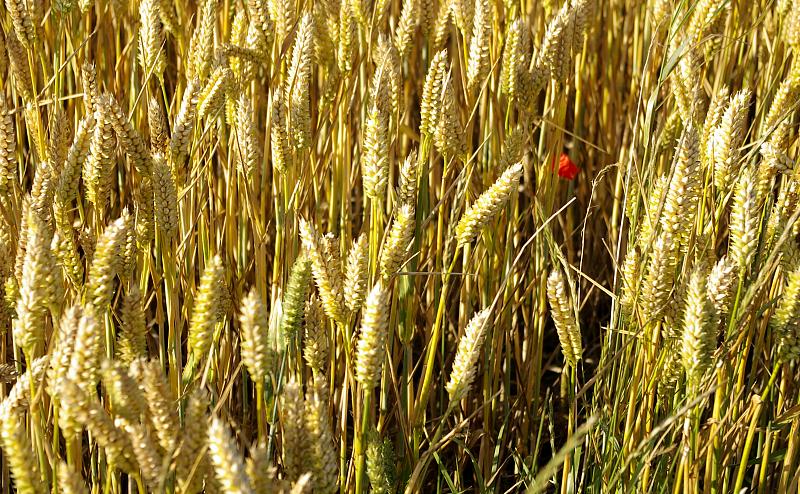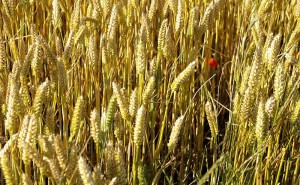May 21, 2014 – My blog posting on rising nighttime temperatures affecting rice yields brought a reader comment pointing out that a similar phenomenon can be observed in wheat.
I looked at a study from 2009 done at the University of Adelaide, Australia, which assessed the impact of heat stress on four different varieties of wheat and at different stages in the plants’ growth. Plants were exposed before germination to temperatures at 35 Celsius (95 Fahrenheit) degrees for 3-hour periods to simulate a one-day heat event. Grain mass, grain set and yield were all impacted. Compared to unheated control plants from the same stock, yields decreased by as much as 19% in Excalibur, 22% in Krichauff, 26% in Gladius and 35% in Janz wheat.
These results were obtained in controlled conditions. Field conditions, however, would have many other variables. And the study done here related to daytime maximums not nighttime temperatures.
Did the heat stress interfere with germination? The study states that grain set in the plant florets was impacted by as much as 56% in Janz wheat. It was believed that pollen viability sensitivity to heat stress was the root cause.
For Australia, the continent most impacted to date by a warming atmosphere, it would seem that the Janz wheat variety will be a poor choice going forward. The other three varieties although impacted by heat stress similar to what Australia has been experiencing would produce better results going forward with Excalibur looking like the best of the lot followed by Krichauff.
Studies in other countries on wheat genotype susceptibility to heat stress have yielded similar results. So now we know that two of the world’s major annual staple crops are susceptible to atmospheric warming. And although I haven’t written about corn (maize) and heat stress, the other major annual staple grown around the planet, it as well appears to be impacted at all stages of the plant’s life cycle from germination to pollination to yield.
















